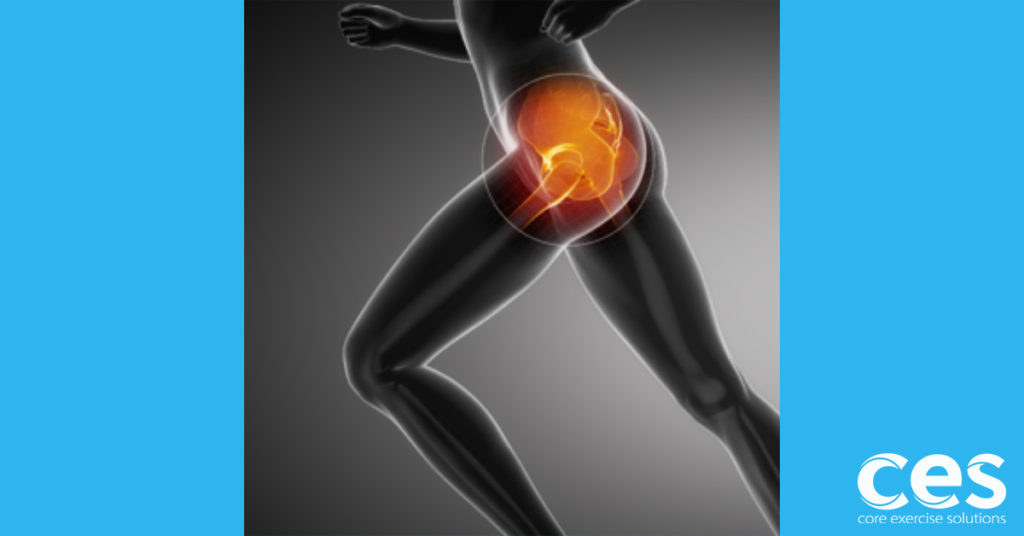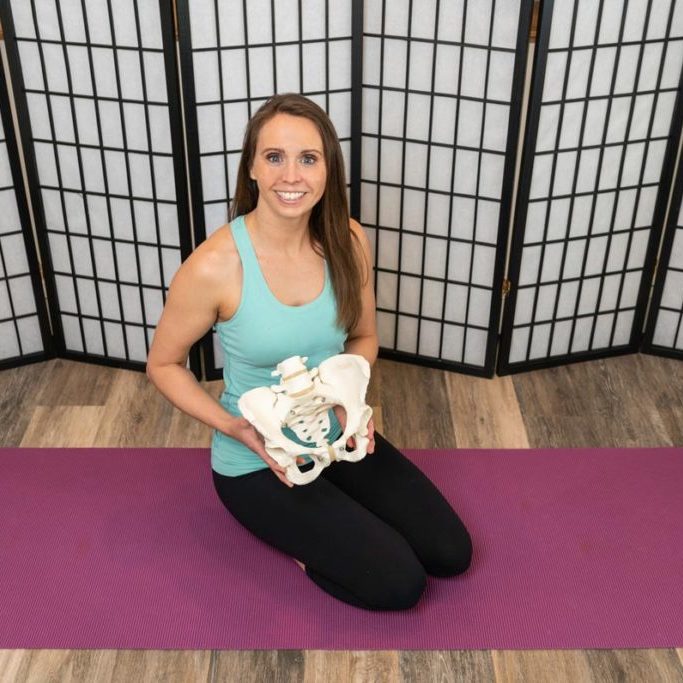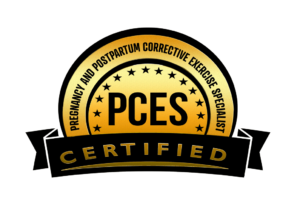Pain in the hip can be a real pain to deal with, but it can also be your body’s way of telling you there is an imbalance in strength that needs correcting. Muscles do not need to be perfectly even front to back or left to right, but pain can result if the discrepancy is too great. Let’s run through a few common areas to test and see if you might have an imbalance causing your pain.
One prime area to examine more closely is hip extensor vs hip flexor strength. Specifically, glute max vs TFL (tensor fascia latae- front pocket muscle). The glute max covers the back of the hip and is a strong hip extensor, the TFL sits in the front and is a strong hip flexor, and they both insert on the IT Band. Because of this shared insertion, relative balance between them helps keep the hip and knee happy.
Unfortunately, in our society tight hip flexors are all too common. Less standing, walking, and full squatting, and more sitting and driving all cause the TFL to become a more powerful force at the hip than the glute max due to tightness. When this happens, hip pain can result.
How do you know if your TFL is working too hard and your glutes are not working enough? Let’s run through a couple of quick tests to find out.
When a muscle works a bit too much, it will often get tender spots. These can be used as a guide to know something needs to change. It’s a good idea to give your body a little TLC in the form of release work and working the opposing muscle group to alleviate some of the stress that caused the tender spot in the first place.
For this test, let’s use the foam roller to check for tender spots in the muscle.
If you found any tender spots in the muscle, I’d like for you to do some foam rolling prior to exercise.
There are no bad muscles in the body, so let’s not get upset at the TFL for overworking. Let’s figure out why. Like most overuse injuries (including hip pain), the TFL is simply working harder to compensate for other areas that aren’t pulling their weight. The primary muscles include the abdominals, adductors, glutes, hamstrings and other hip flexor muscles.
When our abdominals, glutes, and hamstrings aren’t as strong as our TFL, the pelvis is pulled forward into an anterior pelvic tilt. When this happens the TFL is in a more advantageous position to work which encourages continued overworking and thus continued hip pain. In this forward position, the glutes get lengthened and that can make it harder for them to contract, further perpetuating the cycle.
Step 1: Decrease an anterior tilt by strengthening abdominals and hamstrings.
When the abdominals aren’t as strong as they need to be, the psoas (deep hip flexor) works harder to help out with spinal stability. If it’s working hard as a spinal stabilizer it can’t do its job as a hip flexor. When this happens the TFL has to work harder, too! Once that TFL gets on a roll, it just keeps right on going. It loves to be the helper that helps too much.
Step 2: Train the glutes to fire without the TFL kicking in.
When the TFL contracts it pulls down on the front of the pelvis. When the glutes contract they pull down on the back of the pelvis. (See the stability tug of war these two can get into?) To find out what’s winning in a glute engagement battle, let’s test through facedown glute squeezes.
Then, keep it simple! If you pinched your fingers, a great way to work on that glute-TFL imbalance is to do more of those facedown glute squeezes. When it comes to training muscles, there is a huge mental component. Sometimes all it takes is a bit of time mentally connecting to your body and telling it to use muscles differently. We spend a lot of time foam rolling and releasing instead of listening to our bodies and perfecting execution. With a bit of mental action, you can rewire how the muscles are supporting your hip and thus decrease the overuse and pain.
In case that didn’t do the trick for you, be sure to check out your adductor (inner thigh muscle) and iliacus! If you’ve been doing the same old thing for years and just barely keeping that nagging pain at bay, it’s time to switch it up and get your body moving in a different way.



